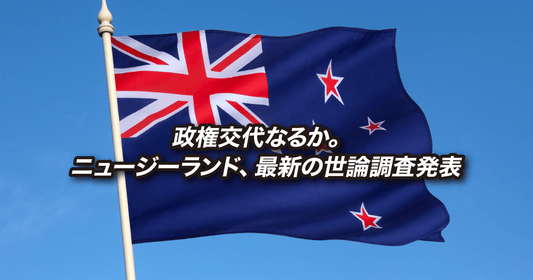
Here's some New Zealand animal news for September!
This time, we have some news about birds. First, we have the story of the Kiwi, the national bird of New Zealand, who was miraculously saved after getting stuck in a drain.
Kiwi found in drain recovering
→ Stuck in drain: Little Kiwi trapped in culvert on road to recovery (Little Kiwi trapped in culvert on road to recovery) *Currently broken link
Last month, a wild brown kiwi was found limp in a drain by a man inspecting the drains.
'Little superstar' - Brown kiwi rescued from Taranaki culvert by Good Samaritans https://t.co/B4XYHmiF04 pic.twitter.com/BE0WKbgJxn
— 1News (@1NewsNZ) September 3, 2020
Logan Turner and a colleague discovered the kiwi while carrying out a routine inspection of a drainage ditch along State Highway 3 in Tongapōrutu, in the northwest of the North Island.
This was my first time seeing a kiwi in person, and I was delighted and surprised - I'd never encountered any wildlife while inspecting drains before.
said Logan.
Logan immediately contacted his supervisor, who then contacted the Ministry of the Environment, who managed to rescue the kiwi and take it to Wildbase Hospital, a wildlife hospital at Massey University.
According to hospital officials, Kiwi has already been receiving treatment for several weeks and is on the road to recovery.
To our great delight, our "little star" has started eating well and can now walk around the room.
However, it will take some time for him to fully recover, and it is not yet clear how his injury will affect his life in the future, and it will take some time to determine whether he will be able to return to the wild.
Logan and his team were praised for contacting the Ministry of the Environment as soon as they discovered the kiwi. New Zealand is a country with many endangered wildlife species. People are urged to be on the lookout for injured wildlife and to contact the Ministry of the Environment immediately if they find any.
This article is about Kākā, a parrot native to New Zealand, being hit by a car and making a recovery.
In New Zealand, many birds are at risk of extinction due to invasive species, but man-made threats such as cars and pet dogs are also a problem.
150 million yen in funding for kiwi conservation efforts
Approximately 150 million yen in funding has been secured to protect and breed kiwis, which are designated as a natural monument in New Zealand. This funding will be used for patrolling wildlife conservation areas, training dogs to find kiwis, breeding programs, and more, and 100 new staff are expected to be hired.
→Fund hopes to increase kiwi bird population to 100,000 *Currently broken link
Currently, the number of kiwis is decreasing by about 2% each year. The goal is to increase this by 2% each year and protect kiwis from the threat of extinction. In addition, activities will be carried out to restore the natural environment that has been destroyed for kiwis and to secure more areas without threatening invasive species.
Experts are warning that the kiwi's time is running out if things continue as they are, and there is a need to speed up breeding programs so that as many kiwi as possible can be safely released back into the wild.
This is the first kiwi that hatched this spring (spring in NZ is September).
New Zealand's Little Tern is the most endangered species
This is a tara iti, a type of bird called the New Zealand little tern. It is said to be the most endangered bird in New Zealand. There are less than 40 of them now! Last year, seven chicks hatched, the highest number in recent years. But that's still only seven!
Seven new members joined the Ministry of the Environment's team to protect the little tern last month and are patrolling the breeding grounds of the little tern every day. This team and trained volunteers work together to keep an eye on the little terns. If all goes well, the eggs will be laid in early summer (October to November in New Zealand) and will hatch around Christmas and the New Year holidays.
The public is also being urged to take action, such as not entering protected breeding grounds, not approaching chicks or nests, not letting dogs run wild, and not leaving food or garbage lying around (as this can attract threatening animals such as rats).
High-fiving pigeons
This is the story of a pigeon that fell out of its nest shortly after birth and was rescued in the Botts' backyard. The Botts named the pigeon Flappy, and now, four years later, it has met its new partner, Mrs. Flappy, and has given birth to many baby pigeons.
Flappy has become very attached to Mrs. Bott and follows her around or sits on her shoulder when she works on the farm. Flappy also grew up with the Bott family dog, so they are very close.
Well, you don't have to read any English so please just open the article below! Flappy loves to give high-fives, and you can see that in the video in the article below! Apparently when Flappy was about 6 months old, if people raised their palms towards him, he would return the wing and give them a high-five.
At first, it seemed like Flappy was trying to protect himself from the hand that was raised up, but he never hurt his wings and seemed to be having fun. In the video, you can see Flappy giving Mr. Bott high-five, landing on Mrs. Bott's shoulder, and flying freely around the farm.
[bonus]
This article shows photos of lambs being dressed in woolen jackets during the still chilly spring weather.
→ Orphan lambs rug up for chilly Fordell spring morning ※Currently broken link





